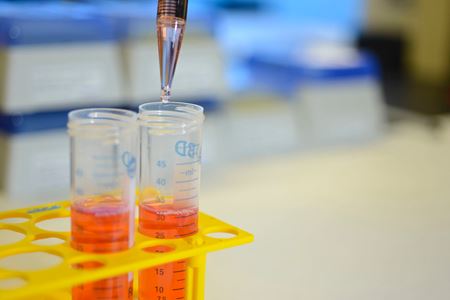IU School of Medicine study shows plants could hold secret for treating common eye diseases
Caitlin VanOverberghe Apr 10, 2019

Lab Details_06
Author
Caitlin VanOverberghe
Caitlin VanOverberghe is a communications manager for the Indiana University School of Medicine Department of Medicine.
The views expressed in this content represent the perspective and opinions of the author and may or may not represent the position of Indiana University School of Medicine.